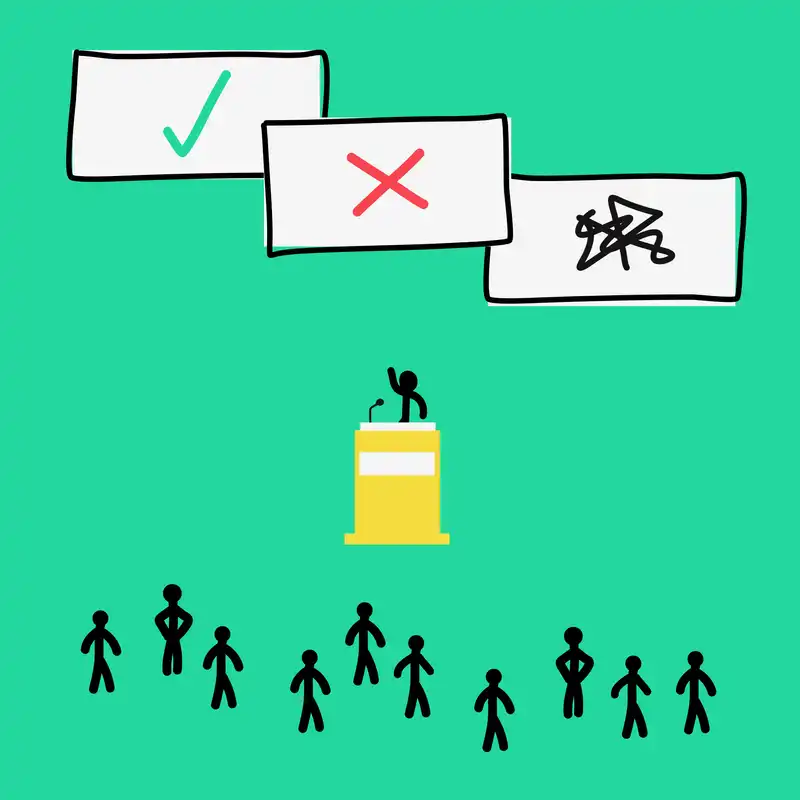What is a black box?
In testing, black box refers to a testing method in which the internal structure, design or implementation of the software being tested is not known to the tester. No code platforms have made this method of testing and method of developing software as well.
A black box application builder traps code within itself. You give the platform instructions, and in return, it gives you an application. But you can’t see how it was made, or change it. Implementation is opaque. You understand what goes in and what comes out, but you will not understand what goes on inside. Because of this, it’s hard or impossible to make those seemingly small adjustments that make a world of difference towards your competitive advantage. It also opens you up to software application security threats. If you don’t know what’s going on inside, you can’t ensure your application is secure.
The art of app building: low code or no code?
So, you want to create an app? That’s awesome! Why? And what tools will you use?
Every single action you make should be part of your core business strategy. Every action should have purpose. Every action should enhance your business, or optimise the way you function.
Generally, people create apps to gain a market advantage. If your competitors are using apps to perform operations faster or optimise customer service lines, customers are more likely to do business with them. You may have better customer service in the long run, but the demand for ‘fast’ and ‘now’ takes priority.
We’ve established that you want to create an app, and that your purpose is to gain a competitive advantage. What now? We all know app development is expensive and time consuming. Enter no-code platforms. They promise anyone can create apps without writing a single line of code.
Sounds great, but what is the catch?
The problem with no code platforms
If your app development goals are to give you a competitive advantage, no code platforms are a poor match for your business.
No code platforms lock you in a black box and limit your options. If you and a competitor are both using no code platforms to develop apps, the limited range of options available to each of you will lead to the same customer problems being solved the same ways.
You don’t want an app identical to your competitors’. You are not gaining an advantage. There will be nothing unique to entice your competitors customers to switch to your product or service.
The key to competitive advantage is differentiation. This is bad news for users of low code platforms because these platforms are a black box. Getting stuff in easy, getting stuff out on the other hand, is hard.
If you think no code platforms will eliminate your need for developers and solve all your problems, we have some news for you.
Fourth-generation languages were the first big attempt to eliminate the ‘code’ from coding. Developers could move pictures around a layout palette, then hand-code a behaviour that responded to interaction. These visual builders flooded the industry and were very popular for general enterprise use.
The real problem was neglect. Companies ended up with off-the-shelf drag-and-drop solutions that were almost identical to those of their competitors.
Pre-built elements are excellent for speeding up tedious, generic hand-coding, but if you want a competitive app, you will need a little more customisation. While you save time and money initially, what happens when something goes wrong? You can’t easily fix what you can’t see.
If you do not understand what is going on under the hood, eventually your application will end up in the work queue for someone who can figure things out. It is more expensive and time-consuming to fix problems than it is to do things right in the first place. You end up throwing good money after bad.
Avoiding a sunk cost situation means thinking about how closely you see your implementation. With a low code platform, you can view your application’s code, and diagnose a problem, which can help with finding a fix. A black box platform offers no such ease of repair.
The Codebots’ low code advantage with an AI-powered twist
Telling people that anyone can build an app is like telling people that anyone can be a pastry chef or manage a construction site. While Codebots does not claim to make you a master coder, it will equip you with the tools you require to find your edge in the market.
Codebots is not a black box. Codebots empowers non-techie people to become citizen developers and be actively involved in the app development process. You can input what you require, and we incorporate the advantageous elements of the drag-and-drop interface. Our codebots write approximately 92 percent of the code required to build what you need.
Developers write the remaining code, and designers customise the User Experience. The Codebots platform offers start-to-finish development, which means you can test and iterate on your application, and iron out any bugs before testing and releasing your application. This code is completely human-readable. You can look for problems, or failing tests, and a developer can look under the hood and fix problems any time, ensuring software application security at all times.
No code platforms promise to solve all your software needs so that ‘anyone’ can make entire applications without writing a line of code. You end up with off-the-shelf solutions decorated with your brand logo, colours, and fonts. And most importantly, you can’t easily fix it. Sometimes you don’t even own the source code!
The tools provided by low code platforms, such as Codebots, help people with diverse skill domains to move faster. The tools enable low-technically skilled people to jump onboard and assist with guiding developers. Process counts, infrastructure counts. You cannot expect to cut corners with a no-code solution and expect it to solve all your problems. Instead, why not implement a low code solution, and take advantage of the clear and transparent application?




